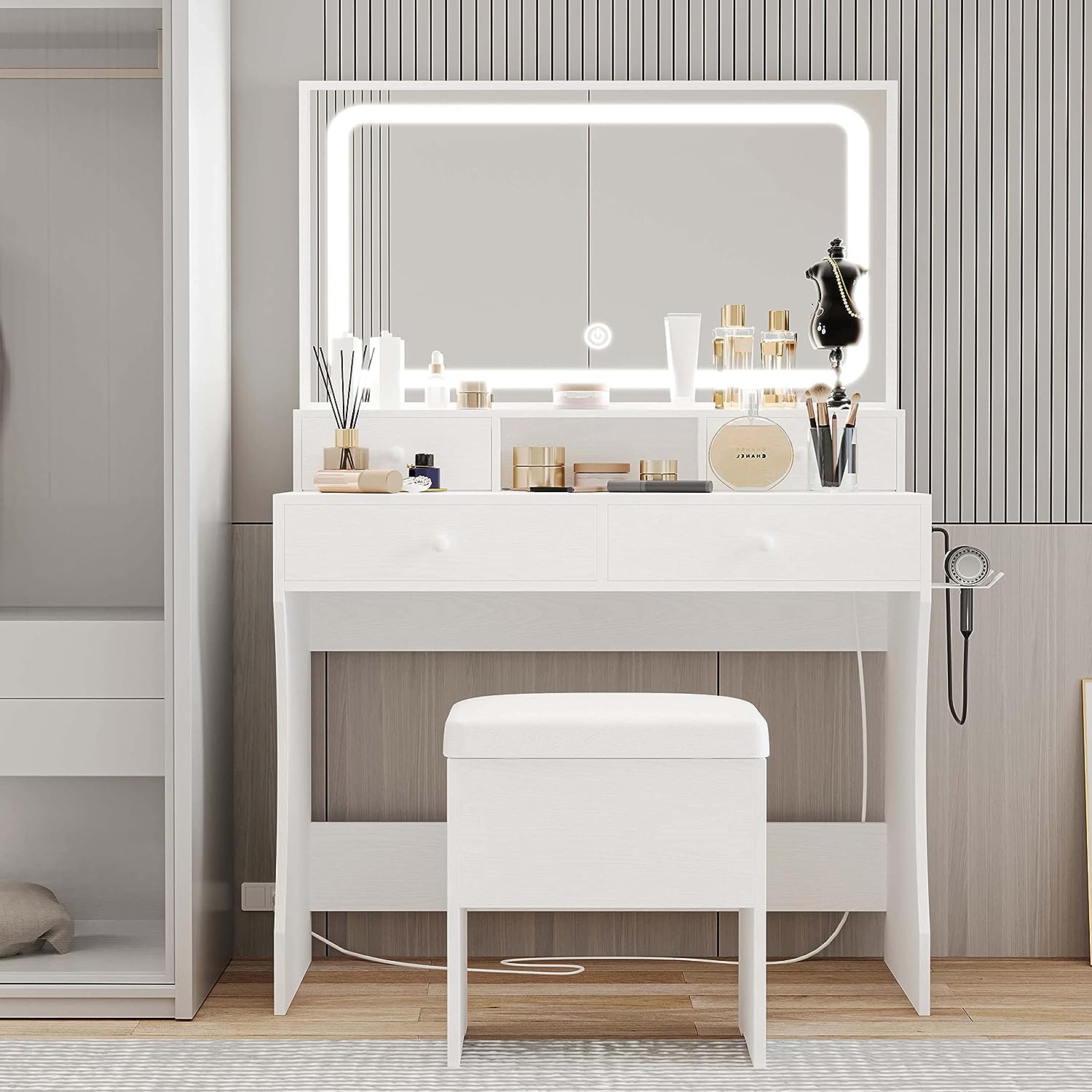

Articles
Why Is It Called A Vanity
Modified: January 5, 2024
Discover the fascinating history behind the term "vanity" in this captivating collection of articles. Dive into the origins and evolution of vanity throughout the ages.
(Many of the links in this article redirect to a specific reviewed product. Your purchase of these products through affiliate links helps to generate commission for Storables.com, at no extra cost. Learn more)
Introduction
Vanity, a term often associated with narcissism and excessive self-admiration, holds a unique place in our society. From vanity mirrors to vanity plates, this word has become ingrained in our everyday language. But have you ever stopped to wonder why it’s called a “vanity”?
The origin of the word “vanity” dates back to the 13th century and can be traced back to the Latin word “vanitas,” meaning emptiness or worthlessness. In the context of personal appearance and fashion, vanity refers to the excessive pride and admiration one has for their own physical image.
Throughout history, vanities have played a significant role in various cultures. In ancient Egypt, for example, vanities were used as essential tools for personal grooming and beautification. The elaborate process of getting ready, including applying makeup, arranging hairstyles, and adorning oneself with jewelry, was seen as a way to showcase one’s social status and distinguish oneself from others.
In the Renaissance era, vanities took on a different meaning. They were often intricate and ornate pieces of furniture, usually consisting of a table, mirrors, and drawers. These vanities served as a symbol of wealth and refinement, reflecting the opulence and aesthetic sensibilities of the time.
Today, the concept of vanity extends beyond physical appearances and encompasses various aspects of our lives. In the realm of fashion and beauty, vanities are associated with the pursuit of perfection and self-expression. From meticulously curating our wardrobes to practicing skincare routines, we invest time, effort, and resources in maintaining our desired image.
Psychologically speaking, vanity can be viewed from different perspectives. Some psychologists argue that vanity can be a defense mechanism against feelings of inadequacy, while others believe it stems from a desire for attention and validation. Regardless of its origins, the quest for personal validation and self-confidence often drives individuals to engage in behaviors and practices associated with vanity.
Key Takeaways:
- Vanity, when approached with authenticity and self-awareness, can be a source of self-expression, empowerment, and self-care, fostering confidence and personal growth.
- Understanding the differences between vanity and self-care is crucial for cultivating a healthy relationship with oneself, prioritizing overall well-being and self-acceptance.
Read more: Why Is It Called Silverware
The Origin of the Word “Vanity”
The word “vanity” derives from the Latin word “vanitas,” which means emptiness or worthlessness. Its usage in relation to personal appearance and self-admiration dates back to the 13th century.
In biblical terms, the concept of vanity refers to the fleeting nature of worldly possessions and pursuits. It carries a negative connotation, emphasizing the futility of placing too much importance on material things or transient aspects of life.
Over time, the meaning of vanity has evolved, encompassing not only a superficial obsession with appearance but also a broader desire for recognition and validation. It has become associated with excessive pride, self-admiration, and a preoccupation with one’s own image and achievements.
The roots of vanity can be traced back to ancient civilizations, where physical beauty and personal adornment held significant cultural value. In ancient Egypt, for instance, vanities were tools used for the meticulous grooming practices of both men and women.
Ancient Egyptian vanities consisted of elaborate mirrors, combs, and other instruments used for applying makeup and arranging hairstyles. These vanities were not only tools for enhancing one’s physical appearance but also served as symbols of social status and sophistication.
During the Renaissance period, vanities took on a different form. They transformed from personal grooming instruments to opulent pieces of furniture. Renaissance vanities typically featured ornate designs, intricate woodwork, and beautifully crafted mirrors, reflecting the luxury and refinement of the era.
Throughout history, the concept of vanity has extended beyond personal appearance and encompassed wider aspects of life. It has been associated with the pursuit of wealth, fame, and power. In this sense, vanity represents the excessive desire for recognition and validation, regardless of the field or endeavor.
Today, the term “vanity” is commonly used in the context of fashion, beauty, and self-care. It serves as a reminder of the balance between maintaining one’s physical appearance and recognizing the importance of inner qualities and values.
While vanity can be seen as a negative trait, it is important to acknowledge that a healthy level of self-confidence and self-expression is necessary for personal growth and well-being. Vanity, when tempered with humility and self-awareness, can enable individuals to present their best selves and pursue their passions.
Historical Significance of Vanities
Throughout history, vanities have held a significant role in various cultures, reflecting the values, traditions, and social norms of their time. These objects of beauty and self-adornment have symbolized status, power, and personal expression. Let’s explore the historical significance of vanities in different eras.
In ancient civilizations, such as ancient Egypt and Mesopotamia, vanities played a crucial role in personal grooming and the expression of social identity. Vanity items like mirrors, combs, and cosmetics were essential tools in achieving desired appearances. Both men and women would spend considerable time and effort on their grooming rituals, using various substances and tools to enhance their beauty.
The use of vanities extended beyond personal beautification in ancient cultures. They were also seen as a form of protection against evil spirits and the supernatural. The mirrors and reflective surfaces of vanities were believed to have the power to ward off negative energies and maintain a sense of equilibrium in life.
During the Renaissance period, vanities gained even more prominence, but their meaning shifted somewhat. They became opulent pieces of furniture, often adorned with intricate designs and decorative elements. These vanities were not only functional but also showcased the wealth, status, and refined tastes of their owners.
In addition to being practical items for dressing and grooming, Renaissance vanities served as symbols of power and influence. They were typically found in the chambers of royalty, high-ranking nobles, and wealthy citizens. The vanity table, with its array of mirrors, drawers, and compartments, became a focal point in opulent living spaces.
In the modern era, vanities have continued to evolve and adapt to changing societal values. With the rise of industrialization and mass production, vanities became more accessible to the middle class. They were no longer exclusive to the elite, but rather became commonplace in households.
Today, vanities have taken on new forms, combining functionality with sleek design. They are often found in the form of dressing tables, makeup organizers, or even portable beauty stations. These vanities not only serve as practical storage solutions but also enable individuals to showcase their personal style and aesthetics.
Furthermore, the historical significance of vanities extends beyond their physical presence. They represent the ever-evolving standards of beauty, self-expression, and societal expectations. Vanities reflect cultural ideals, trends, and the desire for self-improvement through personal grooming and aesthetics.
While the specific design and purpose of vanities may vary across cultures and time periods, their historical significance lies in their connection to personal identity, social hierarchy, and the desire to present oneself in the best possible light.
Vanities in Fashion and Beauty
In the realm of fashion and beauty, vanities hold a central place as tools for self-expression, personal style, and empowerment. From carefully curated wardrobes to elaborate beauty routines, vanities play a significant role in our quest for uniqueness and individuality.
For many individuals, fashion is more than just clothing; it is a means of self-expression. Vanities come into play as dressing rooms, walk-in closets, or well-organized wardrobes that showcase personal style and reflect one’s personality. They provide a space where individuals can experiment with different outfits, mix and match accessories, and curate a signature look.
Beauty vanities are equally important in the realm of personal care and grooming. They are spaces dedicated to skincare routines, makeup application, and hairstyling. These vanities often consist of well-lit mirrors, organized storage for products, and comfortable seating, creating a functional and aesthetically pleasing environment.
Within the beauty industry, vanities have become synonymous with self-care and pampering. The act of spending time at a vanity, whether applying a face mask, indulging in a luxurious skincare routine, or styling one’s hair, is seen as an act of self-love and relaxation.
Vanities also play a crucial role in the beauty industry by providing a platform for makeup artists, hairstylists, and skincare enthusiasts to showcase their skills and creativity. Professional makeup vanities, complete with professional-grade lighting and a range of high-quality products, allow for transformations and artistic expression.
Social media has further amplified the importance of vanities in fashion and beauty. With platforms like Instagram and YouTube, individuals can share their personal style, beauty routines, and product recommendations with a global audience. The vanity has become a backdrop for carefully curated photos and videos, allowing for self-promotion and building a personal brand.
However, it is important to note that while vanities hold significance in fashion and beauty, they should not be seen as a measure of one’s self-worth or validation. The true essence of fashion and beauty lies in embracing diversity, celebrating individuality, and expressing oneself authentically, beyond the confines of societal expectations.
Ultimately, vanities serve as spaces of creativity, self-expression, and confidence-building. They provide individuals with the opportunity to experiment, discover their unique style, and enhance their natural beauty. Whether it’s a chic dressing room or a perfectly organized beauty vanity, these dedicated spaces allow for the exploration of personal aesthetics and serve as a reflection of one’s identity in the realm of fashion and beauty.
Psychological Aspects of Vanity
Vanity, as a concept, has several psychological aspects that contribute to its prevalence in human behavior. Understanding these psychological components can shed light on why individuals engage in behaviors associated with vanity.
One psychological aspect of vanity is the desire for attention and validation. Humans have a fundamental need for social connection and acceptance. Vanity often stems from a deep-seated desire to be noticed, admired, and validated by others. It can be a way of seeking external confirmation of one’s worth and attractiveness.
Furthermore, vanity can serve as a defense mechanism against feelings of inadequacy or insecurity. By focusing on their physical appearance and seeking validation from others, individuals may use vanity as a means to boost their self-esteem and feel more confident about themselves. It becomes a way to mask or overcome feelings of self-doubt.
In some cases, vanity may also be a manifestation of a deeper need for control. The idea of perfecting one’s appearance, whether through beauty routines or fashion choices, can provide individuals with a sense of control over their image and how they are perceived by others.
Another psychological aspect of vanity is the pursuit of idealized self-image. Society often promotes certain beauty standards and ideals that individuals feel compelled to adhere to. Vanity can be driven by the desire to align oneself with these perceived ideals, as well as the pressure to fit into societal norms of attractiveness.
Additionally, vanity can also be influenced by factors such as external validation, comparison, and social influence. The rise of social media has further amplified these aspects, as individuals often measure their self-worth based on the number of likes, followers, and positive comments they receive on their posts.
It is important to note that while vanity is a part of human behavior, it can become detrimental when it becomes excessive or unhealthy. Excessive vanity can lead to a preoccupation with appearance, a distorted self-perception, and a diminished sense of self-worth if external validation becomes the sole source of validation and self-esteem.
However, it is essential to recognize that vanity also has positive aspects. Engaging in self-care and taking pride in one’s appearance can be a form of self-love and personal empowerment. Vanity can serve as a motivator for individuals to invest time and effort in maintaining their physical and mental well-being.
Developing a healthy balance between self-expression, self-acceptance, and the pursuit of personal image is crucial. It is important to embrace diversity, redefine beauty standards, and prioritize self-acceptance over external validation. By doing so, we can foster a healthier relationship with vanity and promote a positive sense of self-worth and well-being.
Read more: Why Is It Called Bluegrass
Vanity and Social Media
Social media platforms have significantly impacted the way we perceive and engage with vanity. These platforms have provided individuals with a powerful avenue to showcase their physical appearance, personal style, and lifestyle choices to a wide audience. As a result, vanity has become intertwined with the social media culture in various ways.
One significant impact of social media on vanity is the quest for external validation. Social media platforms offer individuals the opportunity to accumulate likes, comments, and followers, which can serve as indicators of popularity and attractiveness. This pursuit of validation can lead to the cultivation of a “vanity culture,” where individuals strive for perfect images and curated personas to garner attention and admiration.
Social media has also given rise to “selfie culture.” Selfies, or self-portraits, have become a dominant form of self-expression, where individuals capture and present their best angles, outfits, and moments. The obsession with creating and posting attractive selfies can be seen as an extension of vanity, driven by a desire to be seen as beautiful, desirable, and enviable by others.
Furthermore, social media platforms provide tools and filters that allow users to alter their appearances. These features can enhance facial features, brighten complexions, and even change body proportions. The accessibility of these editing tools can contribute to unrealistic beauty standards and perpetuate a culture of perfectionism and vanity.
Moreover, social media platforms provide a constant stream of comparison opportunities. The ability to see photos and lifestyles of other users, including influencers and celebrities, can lead to feelings of inadequacy and a continuous drive for self-improvement. The desire to match or surpass these unrealistic standards can fuel the pursuit of vanity.
On the other hand, social media can also be a platform for self-expression and self-empowerment. It allows individuals to share their personal journeys, body positivity messages, and inclusive representations of beauty. Social media influencers who promote self-love and authenticity can challenge traditional notions of vanity and inspire others to embrace their uniqueness.
By being aware of the potential pitfalls of vanity in social media, individuals can cultivate a healthier relationship with these platforms. It is crucial to prioritize authenticity, self-acceptance, and mental well-being over the pursuit of external validation. Engaging in meaningful connections, promoting positivity, and using social media as a tool for empowerment can help counteract the negative aspects of vanity in the digital era.
Ultimately, the impact of social media on vanity is a double-edged sword. While it can amplify the pressure for validation and perfection, it also provides opportunities for self-expression, community-building, and positive change. Striking a balance between the desire for recognition and the promotion of genuine self-worth is key to navigating vanity in the world of social media.
The term “vanity” in “vanity” comes from the Latin word “vanitas,” which means “emptiness” or “futility.” It refers to the idea that excessive focus on one’s appearance or achievements is ultimately meaningless.
Cultural Perceptions of Vanity
Vanity is a concept that varies in its perception across different cultures. Cultural beliefs, values, and societal norms shape how vanity is viewed and understood within a specific cultural context. Let’s explore some of the cultural perceptions of vanity around the world.
In some cultures, vanity is regarded as a negative trait associated with superficiality and self-centeredness. These cultures prioritize humility, modesty, and inner qualities over outward appearances. Excessive focus on personal image or self-admiration may be deemed as narcissistic and frowned upon.
On the other hand, in certain cultures, vanity is celebrated as a form of self-expression and personal investment. In these cultures, individuals take great pride in their appearance and see vanity as a means of showcasing one’s style, creativity, and confidence. Vanity is regarded as a way to present oneself in the best possible light and can even be seen as a sign of self-respect and self-care.
In some traditional societies, vanity is deeply embedded in the preservation of cultural heritage and traditions. Rituals and practices associated with personal grooming and adornment are considered essential in maintaining one’s cultural identity. Vanities, in this context, serve as tools for passing down cultural values and aesthetics from one generation to another.
Moreover, the perception of vanity is often influenced by religious beliefs. In cultures with strong religious foundations, vanity may be discouraged or criticized due to its association with pride, materialism, and the temptation of worldly desires. Modesty and modest appearance may be highly valued, reflecting the importance of spiritual virtues over external appearances.
Globalization and the influence of media have also had an impact on cultural perceptions of vanity. Western ideals of beauty, often associated with excessive vanity, have spread to many regions of the world. This has led to the adoption of certain beauty standards and practices that may not align with traditional cultural norms.
It is important to acknowledge that cultural perceptions of vanity are not absolute and can vary even within a single culture. Individual beliefs and personal experiences can shape how vanity is understood and practiced. What may be perceived as vanity in one culture might be viewed as confidence or self-expression in another.
As we explore cultural perceptions of vanity, it is crucial to approach the topic with cultural sensitivity and respect. Understanding and appreciating different cultural perspectives can help create a more inclusive and accepting mindset. It is important to celebrate diversity while recognizing that self-worth and beauty extend beyond cultural boundaries.
The Role of Vanity in Self-Expression
Vanity plays a significant role in self-expression, offering individuals a means to showcase their unique identity, creativity, and personal style. It serves as a tool through which people can communicate their individuality and evoke a desired impression. Let’s explore how vanity contributes to self-expression.
One of the primary ways vanity facilitates self-expression is through fashion choices. The clothes we wear, the accessories we adorn ourselves with, and the overall aesthetics we embrace form an essential part of our self-expression. By carefully selecting and styling our outfits, we can communicate our personality, cultural influences, and personal tastes.
Vanity enables us to experiment with different fashion styles, allowing us to switch between various expressions of ourselves. Whether it’s a bohemian look, a sleek and sophisticated style, or an edgy and rebellious vibe, our choices reflect our moods, interests, and the image we want to project to the world.
Vanity also extends beyond clothing and encompasses beauty practices. Through makeup, hairstyles, and grooming routines, individuals can express their creativity and personal aesthetic preferences. From bold and colorful makeup looks to intricate and unique hairstyles, vanity allows for self-expression in ways that go beyond words.
Additionally, the pursuit of vanity often involves curating personal spaces dedicated to grooming and self-care. Vanities, dressing rooms, or beauty corners provide a canvas to reflect one’s preferred aesthetics and create an environment that fosters self-expression. These spaces serve as a physical manifestation of our individuality and creativity.
Furthermore, through the use of social media and digital platforms, vanity has become a powerful tool for self-expression. Individuals can curate their online personas, showcasing their personal style, beauty routines, and hobbies to a wide audience. By carefully selecting and sharing content, users communicate their identity, values, and interests to the world.
Vanity, when combined with confidence and authenticity, can be a form of empowerment. It allows individuals to embrace and celebrate their unique qualities and break societal norms and expectations. By expressing themselves through their appearance and personal style, individuals can confidently navigate the world and assert their sense of self.
However, it is important to note that self-expression through vanity should be balanced with self-acceptance and respect for diversity. Just as we express ourselves, we must also appreciate and respect the expressions of others. The role of vanity in self-expression should promote inclusivity, allowing for a diverse range of styles and beauty standards to be acknowledged, celebrated, and seen as valid.
Ultimately, vanity provides a platform for self-expression, enabling individuals to communicate their uniqueness, creativity, and personal style. By embracing vanity as a means of self-expression, we can celebrate the beauty of individuality and create a world where diverse expressions are valued and respected.
Vanity as a Form of Empowerment
Vanity, often associated with excessive self-admiration, can also be viewed as a form of empowerment. When approached with the right mindset, vanity can foster self-confidence, self-expression, and a sense of empowerment. Let’s explore how vanity can be a source of personal strength and empowerment.
Firstly, vanity allows individuals to take control of their appearance and present themselves in a way that aligns with their desired image. By investing time and effort in personal grooming, individuals can enhance their physical features, highlight their unique attributes, and feel more comfortable and confident in their own skin.
Vanity can also be seen as a form of self-expression. By expressing oneself through fashion choices, makeup, and personal style, individuals can communicate their personality, interests, and values to the world. This form of self-expression empowers individuals to outwardly display their individuality and creativity.
Furthermore, vanity can serve as a reminder of self-worth and self-care. Engaging in behaviors associated with vanity, such as skincare routines or maintaining a fashionable wardrobe, can promote a sense of self-love and self-respect. When individuals prioritize their appearance and well-being, they signal to themselves and others that they are deserving of care and attention.
Vanity can also provide individuals with a sense of empowerment by challenging societal beauty standards. By embracing and celebrating their own unique features and styles, individuals defy conventional norms and promote inclusivity and acceptance. This act of self-acceptance can inspire others to do the same and foster a more inclusive definition of beauty.
Through the use of social media, vanity has become a powerful tool for empowerment. Platforms like Instagram and YouTube provide individuals with a platform to share their personal stories, perspectives, and talents with a global audience. By curating their online presence and showcasing their style and skills, individuals can inspire and empower others.
Vanity, when combined with confidence, self-acceptance, and authenticity, can be a source of empowerment. It allows individuals to take pride in their appearance, celebrate their uniqueness, and navigate the world with confidence and assertiveness. When approached with a healthy mindset, vanity can be a catalyst for personal growth and empowerment.
It is important to note that vanity as a form of empowerment should not be confused with superficiality or the pursuit of external validation. True empowerment lies in embracing one’s individuality, accepting oneself fully, and recognizing that beauty and worth extend beyond physical appearances.
By embracing vanity as a source of empowerment, individuals can navigate society with confidence, challenging societal norms, promoting inclusivity, and embracing their unique sense of self. Vanity, when harnessed positively, has the potential to ignite a sense of power and self-assurance within individuals, allowing them to shine authentically and make a positive impact on the world around them.
Read more: Why Are They Called Gaylord Boxes
The Negative Connotations of Vanity
Vanity, while it can have positive aspects, is often associated with negative connotations as well. Excessive vanity can lead to harmful behaviors, superficiality, and a distorted sense of self-worth. It is important to recognize and understand these negative aspects in order to foster a healthy perspective on vanity.
One of the negative connotations of vanity is the preoccupation with appearance. Excessive focus on one’s physical attributes can lead to an obsession with achieving an idealized and often unattainable standard of beauty. This preoccupation can result in low self-esteem, body image issues, and a reliance on external validation for self-worth.
Vanity can also lead to shallow relationships and superficial interactions. When individuals prioritize their appearance above all else, genuine connections and meaningful conversations can take a backseat. This focus on external presentation can hinder the development of authentic relationships, as individuals may project a polished façade instead of revealing their true selves.
Excessive vanity can also contribute to materialism and a fixation on consumption. The pursuit of the latest fashion trends, expensive beauty products, and luxury items may become the primary focus, overshadowing more meaningful values and experiences. This materialistic mindset can lead to a constant desire for more, perpetuating a never-ending cycle of dissatisfaction and discontent.
Furthermore, vanity can create a divide and reinforce societal beauty standards. The pressure to conform to these standards can lead to discrimination, exclusion, and the marginalization of individuals who do not fit conventional beauty norms. This can have detrimental effects on individual well-being and perpetuate inequality based on appearance.
In addition, vanity can contribute to the objectification of oneself and others. When individuals view themselves and others primarily as objects to be admired for their looks, it reduces the value of their inner qualities, talents, and accomplishments. This objectification can breed a shallow and superficial culture, where individuals are judged solely based on their appearances.
Furthermore, excessive vanity can create a sense of superiority and entitlement. When individuals are overly concerned with their own image and self-admiration, they may develop an inflated ego and a disregard for the feelings and needs of others. This can lead to self-centered behavior and a lack of empathy for those around them.
It is important to note that while these negative connotations exist, vanity itself is not inherently negative. It is the excess and unhealthy obsession with appearances that give rise to these negative aspects. Striking a balance between self-care, self-expression, and humility is crucial to avoiding the pitfalls of excessive vanity.
By cultivating self-acceptance, appreciating inner qualities, and ensuring that personal appearance does not overshadow more meaningful aspects of life, individuals can approach vanity with a healthier perspective. Vanity should be tempered with authenticity, self-awareness, and a focus on nurturing the whole self, including inner growth and emotional well-being.
Ultimately, understanding and being mindful of the negative connotations of vanity can help individuals navigate society in a more balanced and meaningful way. By recognizing the potential harms associated with excessive vanity, we can strive to embrace a more inclusive and holistic definition of self-worth and beauty.
Vanity vs. Self-Care
Vanity and self-care are two concepts that often intersect but have distinct differences. While both involve the focus on personal appearance and well-being, understanding the nuances between vanity and self-care is crucial to developing a healthy relationship with oneself. Let’s explore the differences between vanity and self-care.
Vanity, at its core, is a preoccupation with external appearance and the desire for admiration and validation from others. It involves excessive pride in one’s physical attributes, a focus on maintaining a polished image, and often a reliance on external validation for self-esteem. Vanity can manifest itself in behaviors such as obsessing over looks, being overly concerned with beauty trends, and seeking constant attention and validation.
On the other hand, self-care refers to activities and practices that prioritize physical, mental, and emotional well-being. Self-care encompasses actions that nurture and replenish oneself, promote overall health, and facilitate self-reflection. Self-care involves various activities such as practicing mindfulness, engaging in regular exercise, getting sufficient rest, and engaging in activities that bring joy and relaxation. It is a holistic approach that goes beyond physical appearance and aims to improve overall quality of life.
The key distinction between vanity and self-care lies in the underlying motivations and attitudes towards personal well-being. Vanity is often driven by external validation, societal pressures, and a focus on superficial appearances. It is rooted in the desire for admiration and is often accompanied by a sense of competition and comparison.
Self-care, on the other hand, emanates from a place of self-love and self-compassion. It is grounded in the understanding that taking care of oneself is essential for overall well-being and a healthy relationship with oneself. Self-care is about nurturing one’s physical, emotional, and mental health without the need for external validation or comparison to others.
Vanity can sometimes be seen as a surface-level, short-term fix, whereas self-care encompasses a long-term, sustainable approach to well-being. While vanity may focus on the immediate satisfaction of physical appearances, self-care prioritizes long-term health and happiness.
It is important to note that vanity itself is not inherently negative, as long as it is tempered with self-awareness and a balanced perspective. Engaging in grooming practices, taking pride in one’s appearance, and enjoying fashion and beauty can be a part of self-expression and self-confidence. However, when vanity becomes excessive, relies solely on external validation, and detracts from overall well-being, it can be detrimental to mental and emotional health.
Practicing self-care involves a deeper understanding of one’s own needs and desires, and it recognizes that true well-being extends beyond physical appearances. It encompasses activities and practices that promote self-acceptance, self-reflection, and self-improvement in a holistic manner.
By striking a balance between vanity and self-care, individuals can cultivate a healthy relationship with themselves. This entails appreciating and taking pride in one’s physical appearance while also prioritizing overall well-being, self-acceptance, and personal growth. Embracing self-care allows individuals to develop a deeper connection with themselves, nurturing not only their physical attributes but also their mental, emotional, and spiritual well-being.
Ultimately, the goal is to navigate the intricate dance between vanity and self-care, embracing self-expression and personal care while nurturing a deeper understanding and appreciation of one’s true self.
Conclusion
Vanity, a concept often associated with excessive self-admiration, holds both positive and negative connotations in our society. Throughout history, vanities have had historical significance in various cultures, reflecting values, traditions, and societal norms. Vanities play a significant role in fashion and beauty, allowing individuals to express their unique identity, creativity, and personal style. However, vanity can also have negative aspects, including a preoccupation with appearance, superficiality, and materialism.
The psychological aspects of vanity reveal that it can be driven by a desire for attention, validation, and control. While vanity can be detrimental if it becomes excessive or focused solely on appearances, it also has the potential for positive outcomes. Vanity can be a source of self-expression, empowerment, and self-care when approached with authenticity, self-acceptance, and a balanced perspective.
Furthermore, social media has greatly influenced the perception of vanity, shaping beauty standards and providing platforms for self-expression. However, it is important to navigate social media with awareness and not let it fuel comparison or the quest for external validation.
Cultural perceptions of vanity vary across different cultures, influenced by beliefs, traditions, and societal norms. Vanity can be seen as negative in some cultures, emphasizing humility and inner qualities, while other cultures celebrate it as a form of self-expression and personal investment.
Understanding the differences between vanity and self-care is essential to cultivate a healthy relationship with oneself. Self-care prioritizes overall well-being and nurtures physical, mental, and emotional health. It comes from a place of self-love, self-compassion, and the recognition that self-worth extends beyond appearances.
In conclusion, vanity is a complex concept that has both positive and negative aspects. It is important to strike a balance between self-expression, self-acceptance, and the pursuit of personal well-being. By cultivating an authentic sense of self and embracing self-care practices, we can navigate vanity in a way that promotes confidence, empowerment, and personal growth. Ultimately, the key is to find a healthy equilibrium between self-expression, self-acceptance, and nurturing the whole self, both inside and out.
Frequently Asked Questions about Why Is It Called A Vanity
Was this page helpful?
At Storables.com, we guarantee accurate and reliable information. Our content, validated by Expert Board Contributors, is crafted following stringent Editorial Policies. We're committed to providing you with well-researched, expert-backed insights for all your informational needs.


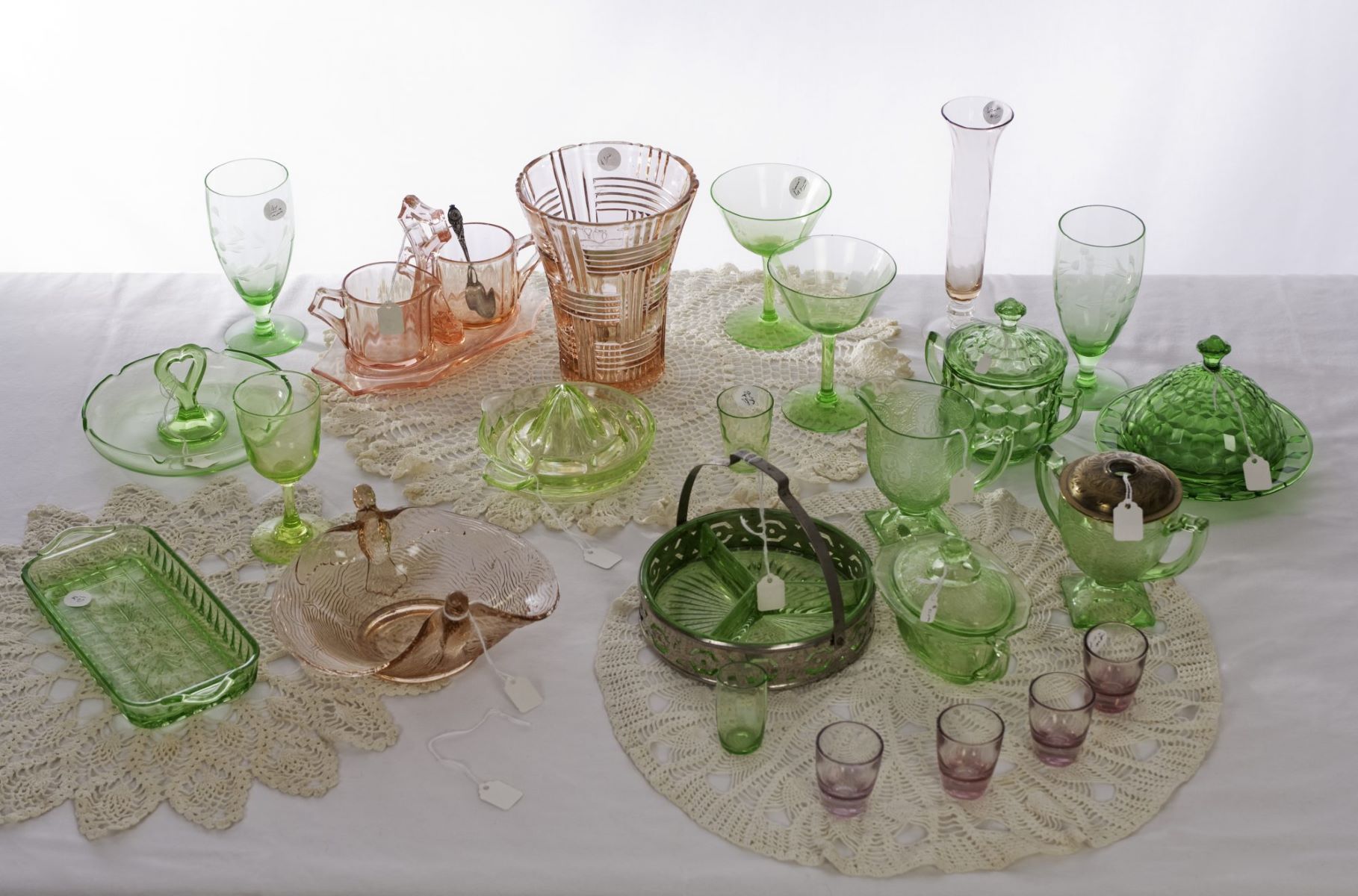
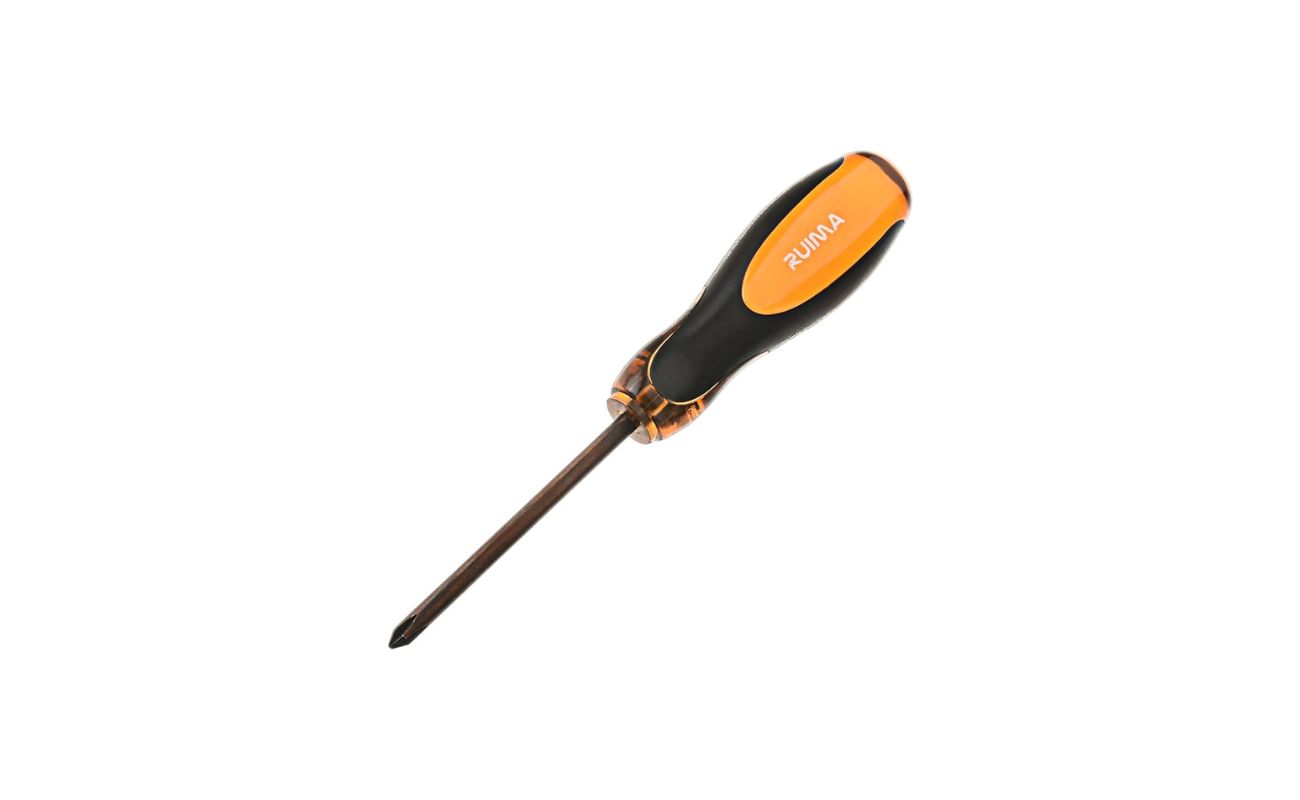
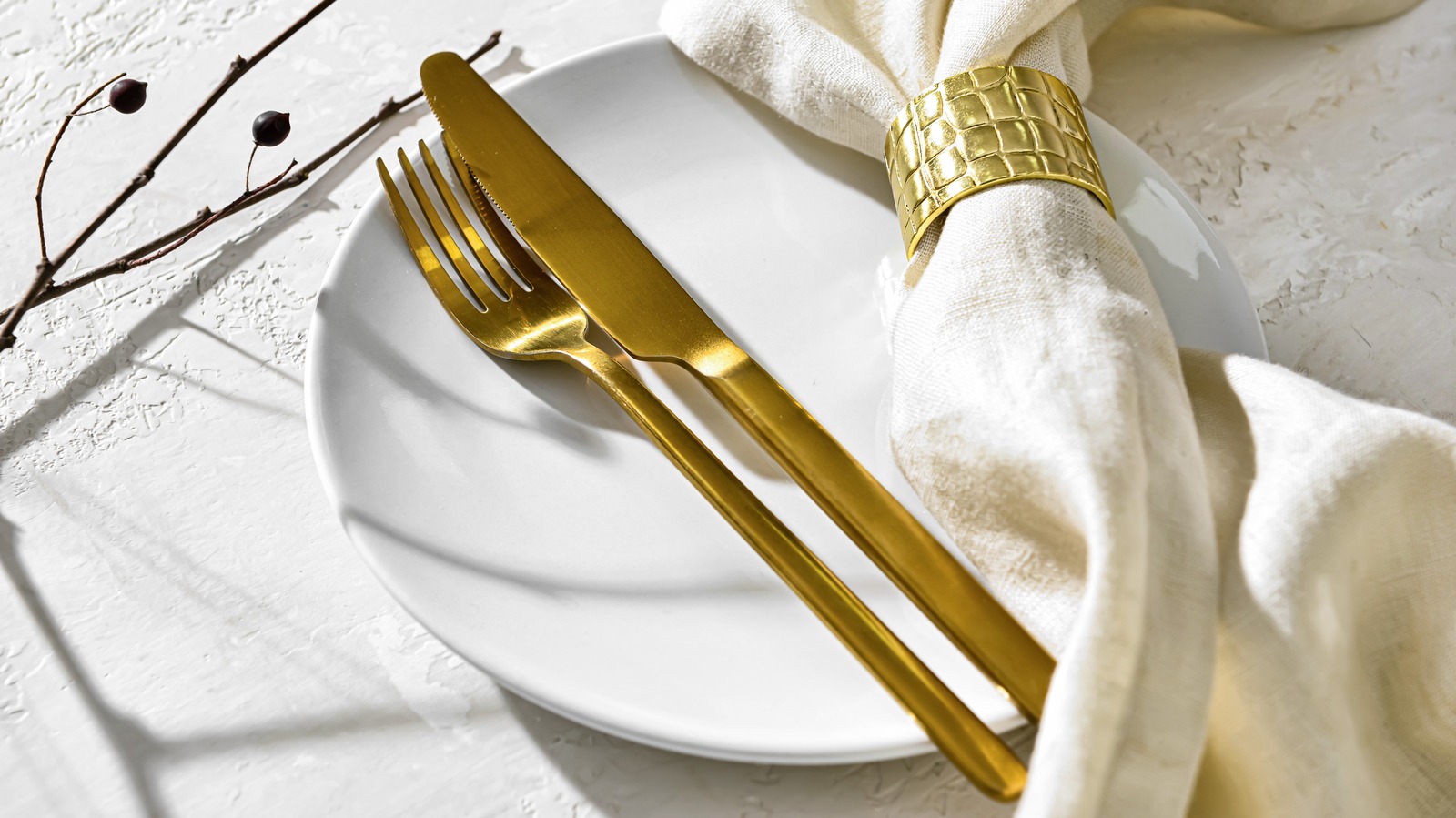
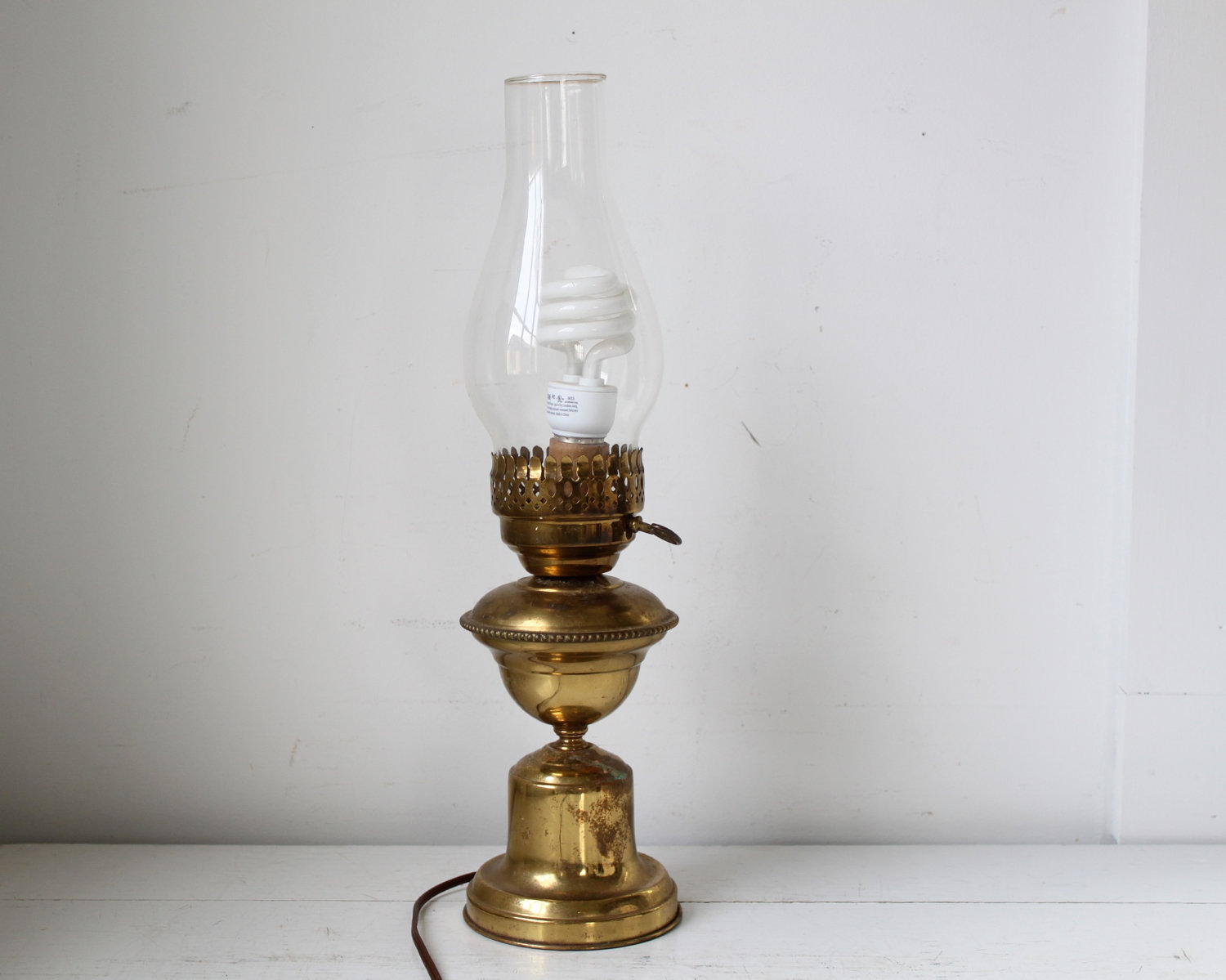
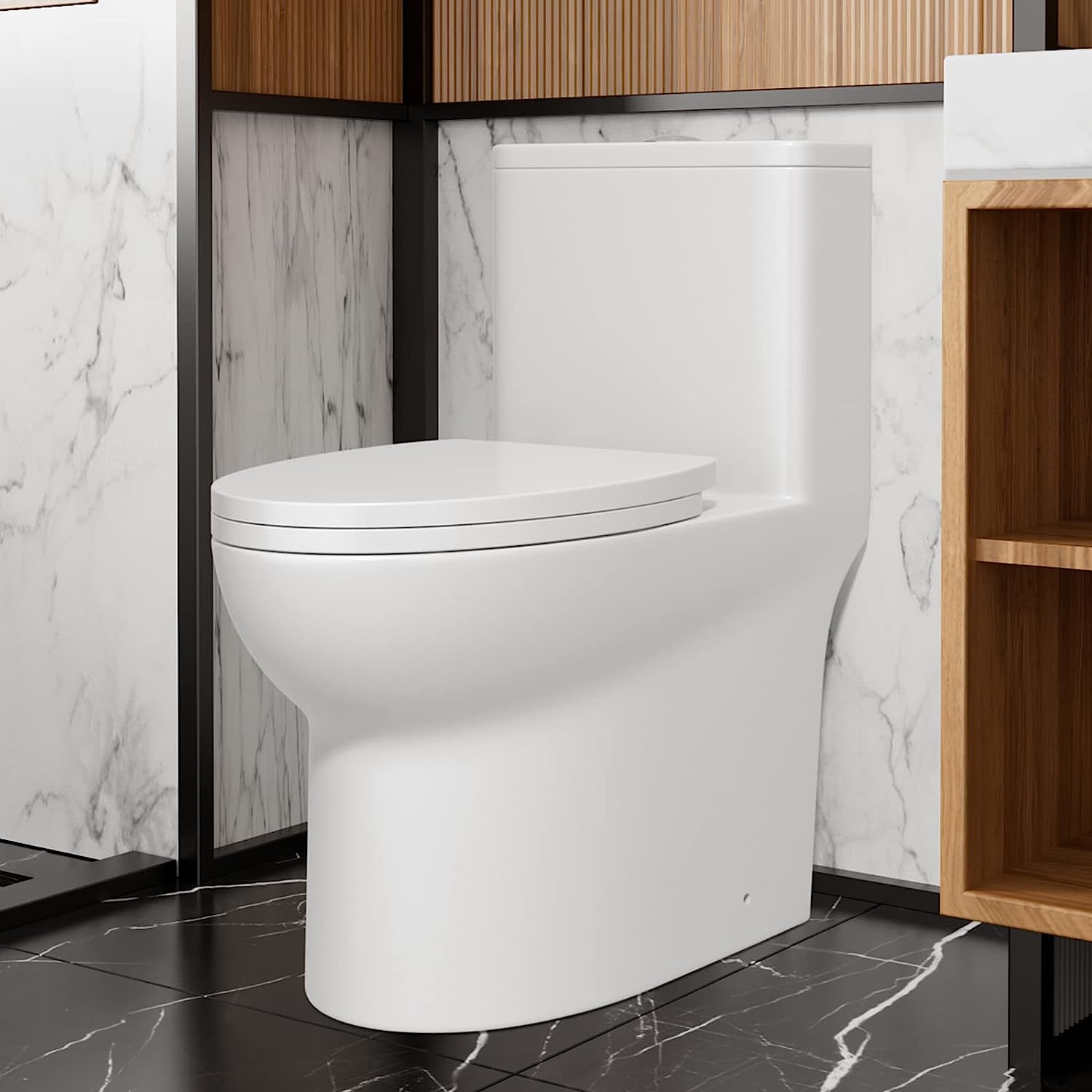

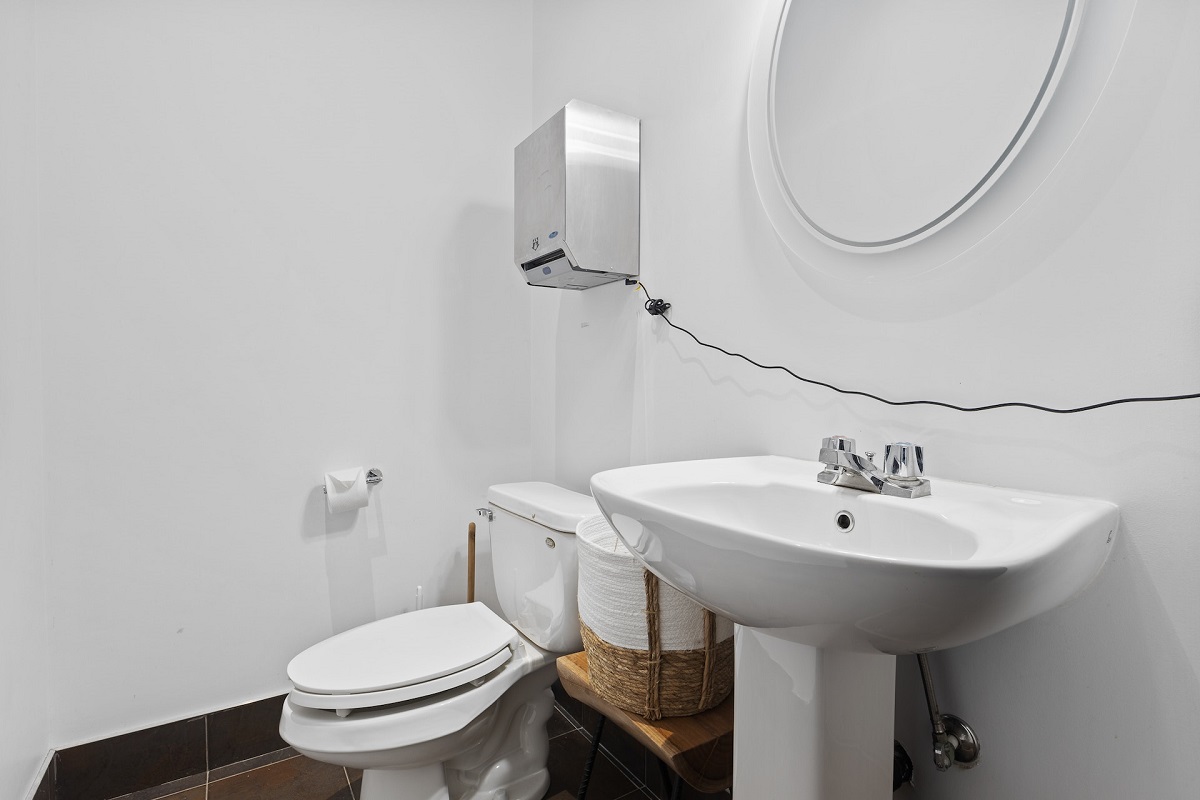


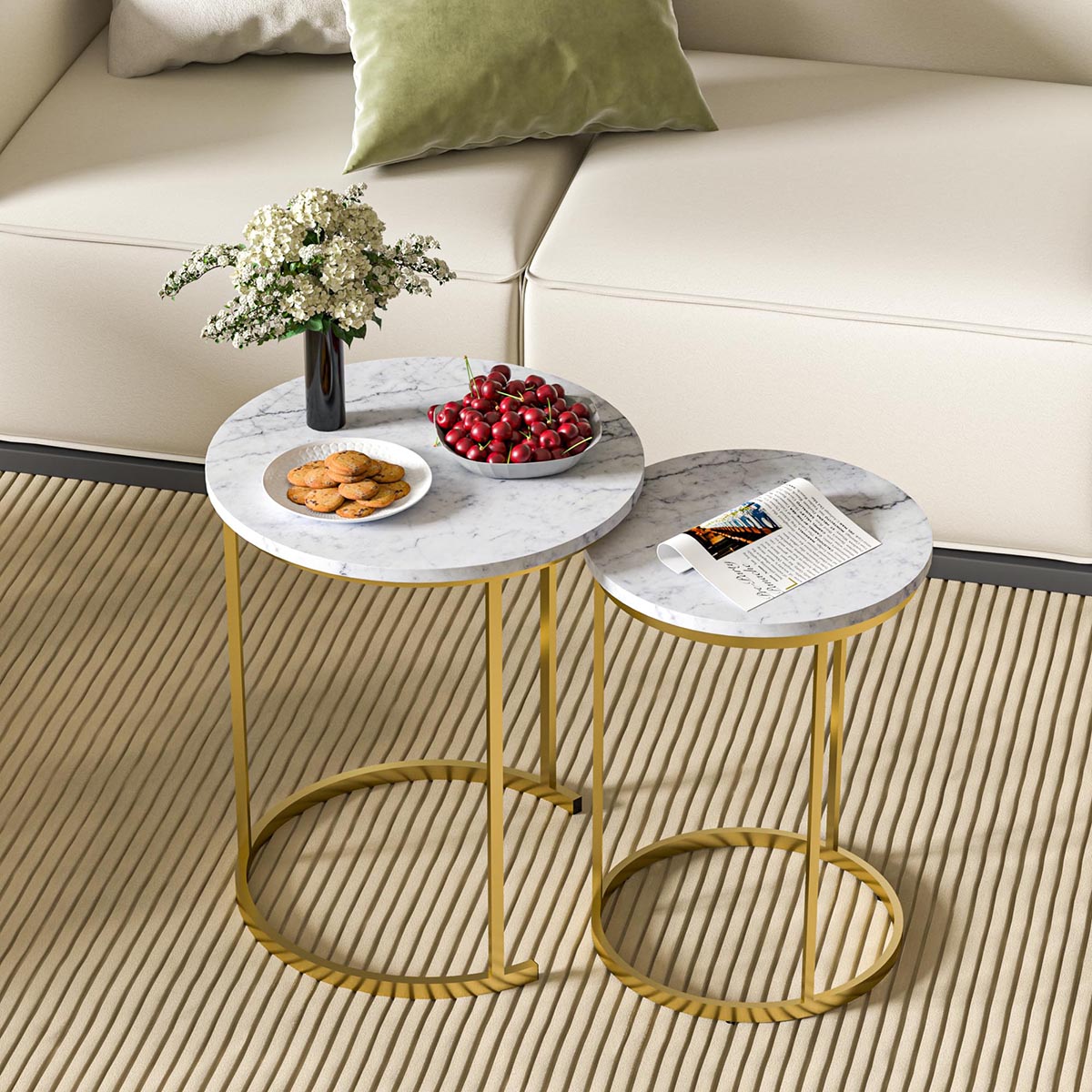


0 thoughts on “Why Is It Called A Vanity”